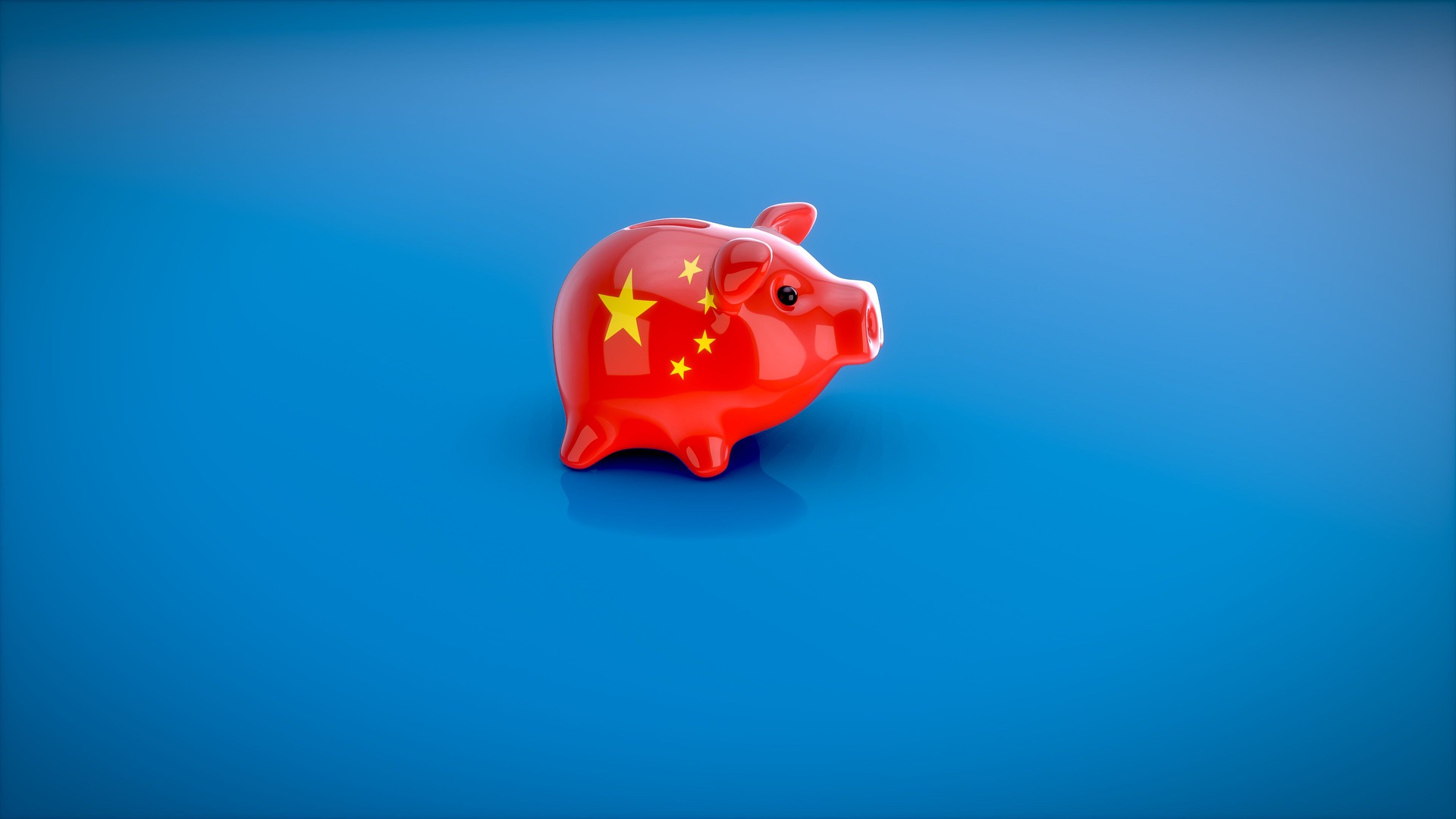 The Chinese government said on Tuesday that it will remove tariffs of over 696 products from the United States, like soybeans, pork, crude oil, among others. According to China, the tariff exemptions for qualified US products will be effective for one year.
The Chinese government said on Tuesday that it will remove tariffs of over 696 products from the United States, like soybeans, pork, crude oil, among others. According to China, the tariff exemptions for qualified US products will be effective for one year.
This new measure is part of the recently signed "phase 1" of the trade deal that would put an end to the trade feud between the United States and China. When signing the deal with the United States, China pledged to boost its American goods purchases by $200 billion over a two-year period, a promise that many considered it was impossible to meet given the current coronavirus epidemic.
The Customs Tariff Commission of the State Council also left the door open to importers that would like to apply for tariffs exemptions. The interested parties would be able to do so from March 2 and go through an approval process.
Meanwhile, the impact of the coronavirus outbreak on the Chinese industry was considered a "major" one in February compared to the previous month according to the vice-chairman of china's state assets regulator. This is because of the attempt to control the outbreak implied supply chains and production disruptions.
“ in turn had a comparatively controllable impact in January operations and a major impact in February,” said the vice-chairman of china's Assets Supervision and Administration Commission, Ren Hongbin.
The death toll of the epidemic recently reached more than 1700 victims, among them the director of the Wuchang hospital in Wuhan, Liu Zhiming. The number of infected people around the world surpasses 73,000.
Recently, the People’s Bank of China decided to cut its medium-term interest rates by 10 basis points, from 3.25 percent to 3.15 percent in order to face the detrimental economic consequences of the epidemic. Analysts explained that the bank is attempting to support Chinese firms with their mid-term financial necessities instead of focusing on the short-term.
China is expected to cut more cash rates in the upcoming months, together with implementing measures that would help to boost domestic consumption, as well as increasing fiscal expenditure.
Chinese economic growth is expected to go down to 4.5 percent this quarter, from 6 percent in the previous one according to a Reuters poll. Moody’s Investors Service foresees a 5.2 percent economic growth for 2020, revising down their expectations.
"Growth to slow across Asia Pacific as coronavirus weakens demand and disrupts supply chains," they explained, "Lower Chinese import demand is the primary reason for slowing growth," they added.
By 8:15 GMT the US dollar went up by 0.22 percent against the Chinese Yuan, hitting the 7.0017 level. On the other hand, the Australian dollar went down by 0.41 percent against the greenback, at 0.6686.
